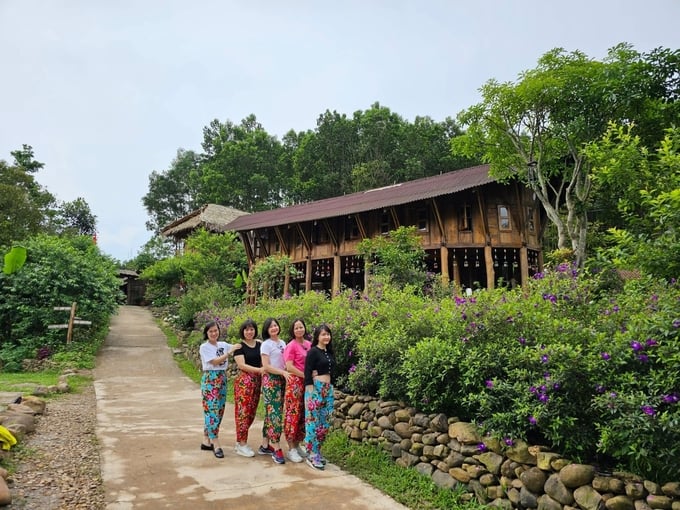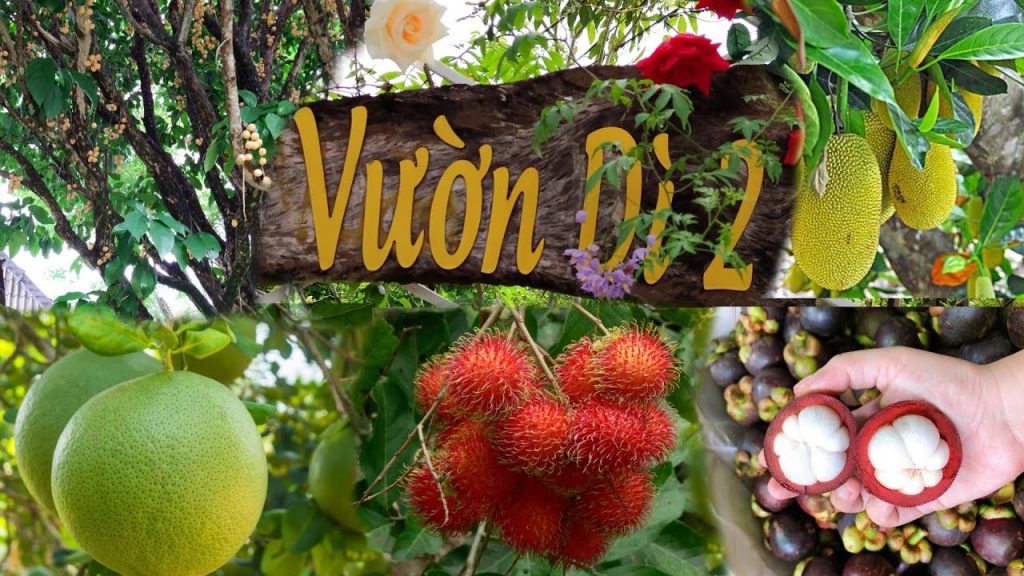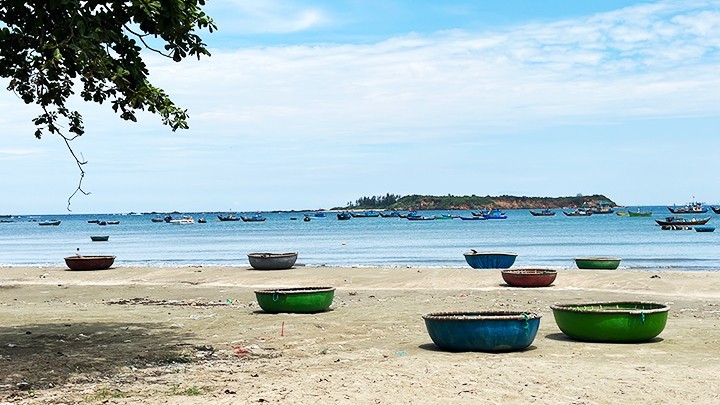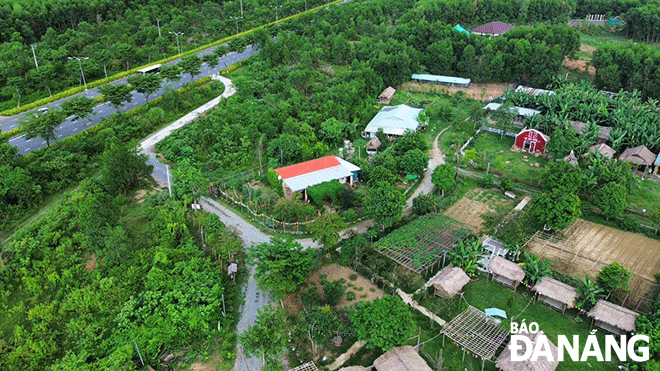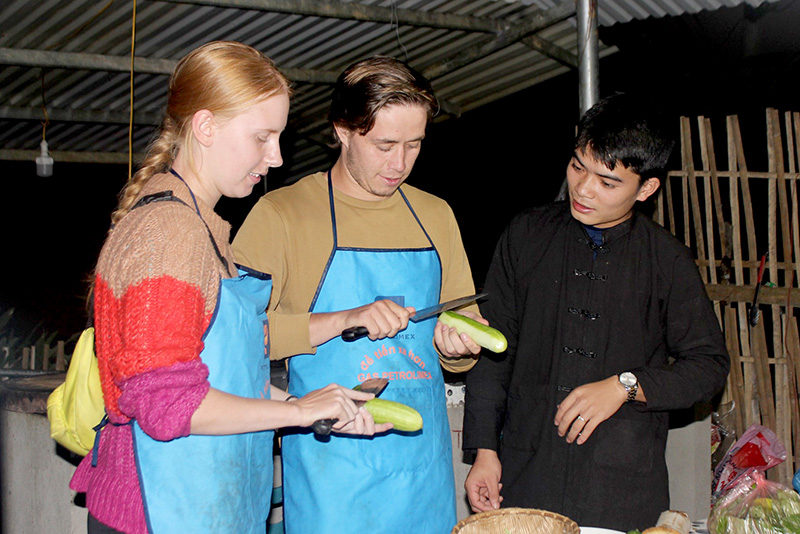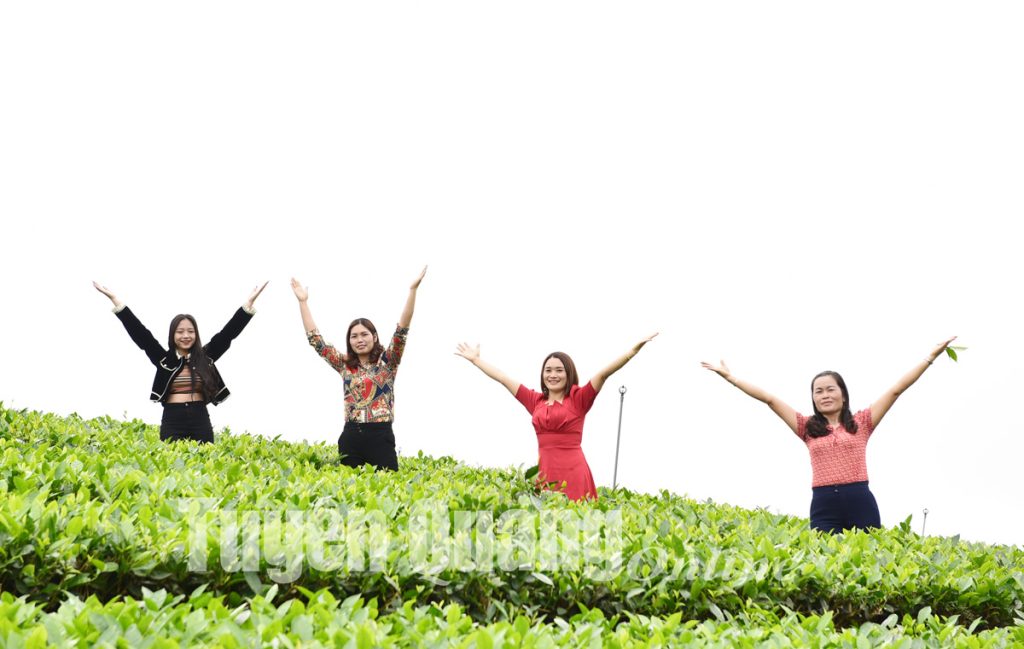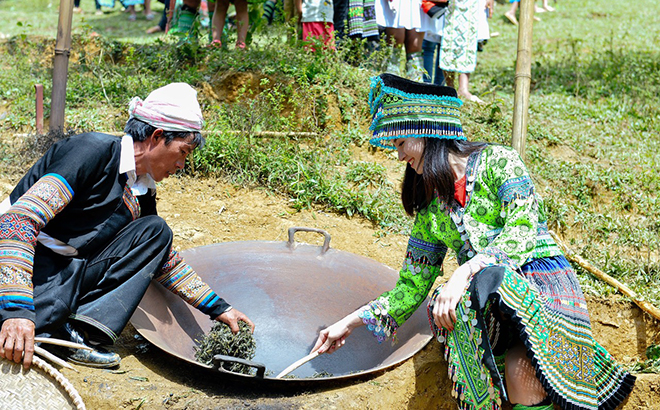(TITC) – Just 60–120 minutes from the heart of Ho Chi Minh City, visitors can leave behind the bustling streets and step into shady gardens, take boat trips along gentle rivers, stay in traditional longhouses of the Ma–Stieng people, or try their hand at farming in high-tech greenhouses. Below are some rural tourism models in Dong Nai that stand out for their products, value chains, and potential for sustainable growth.
1. Ta Lai Community Tourism – “Forest Life” by Cat Tien National Park
Nestled along the Dong Nai River, Ta Lai serves as the gateway to the lush green world of Cat Tien National Park. Here, the Ma and Stieng communities still preserve their longhouses, echoing gongs, and colorful brocade weaving traditions.

Visitors to Ta Lai can enjoy a slower life: trekking through the forest while listening to birdsong, kayaking past sandbanks, or watching the misty sunrise over the river. In the evenings, the crackle of campfires blends with the deep gong sounds and the forest tales told by village elders.
What makes Ta Lai unique is that all services – accommodation, cuisine, guiding, and crafts – are operated by locals. A portion of the revenue goes to community projects such as reforestation, waste collection, and vocational training for the younger generation, turning tourism into a driver of conservation and cultural preservation.
2. Tan Trieu Grapefruit Village – “Sweet and Fragrant by the River”
During harvest season, Tan Trieu village glows golden with ripe grapefruit, filling the air with fragrance from garden to alley. The “one-day gardener” tours are especially popular: visitors can pick fruit, learn to distinguish varieties, make grapefruit salad, tea, and vegetarian spring rolls, or sip lightly perfumed grapefruit peel tea. Beyond fresh fruit, many households process grapefruit into jam, syrup, and essential oils, all beautifully packaged to OCOP standards.
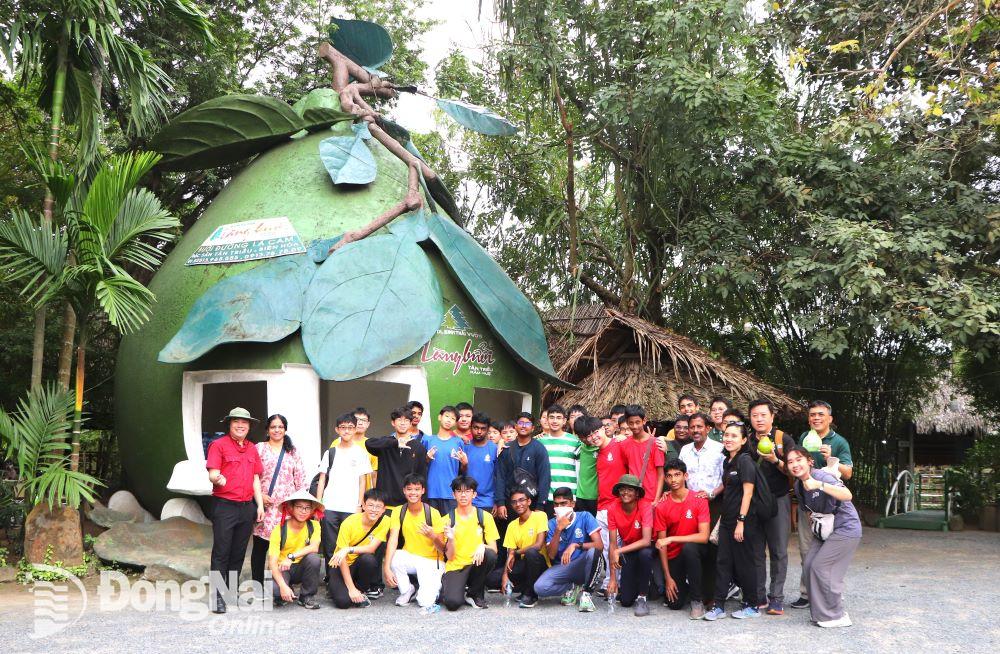
3. Long Khanh Orchards – “A Map of Seasonal Flavors”
Long Khanh and its surrounding areas are known as the “fruit paradise” of the Southeast, home to yellow-fleshed durian, ruby-red rambutan, and glossy purple mangosteen. During fruit season, the region becomes a living map of flavors. Visitors can tour orchards, taste fruit straight from the garden, and capture colorful “check-in” moments.
A highlight is the digital map that provides seasonal updates, ticket prices, and services, making it easy for guests to plan their trip. While peak season is lively, the off-season also offers hands-on activities such as pruning, grafting, and planting workshops – turning each visit into a practical outdoor classroom.
4. Tri An Lake – La Nga River – “Slow Living on the Water”
Tri An Lake and the La Nga River resemble a watercolor painting: vast blue waters, the deep green Ma Da forest, and floating villages drifting with the current. It is an ideal spot for camping, stand-up paddling, sunset watching, and savoring freshly caught catfish and eels on floating rafts.
Visitors can learn about cage fish farming, observe the classification process, and try simple preparations right on the raft. Camping areas follow the principle of “leave no trace,” with group size limits, waste collection, and portable toilets to ensure sustainability.
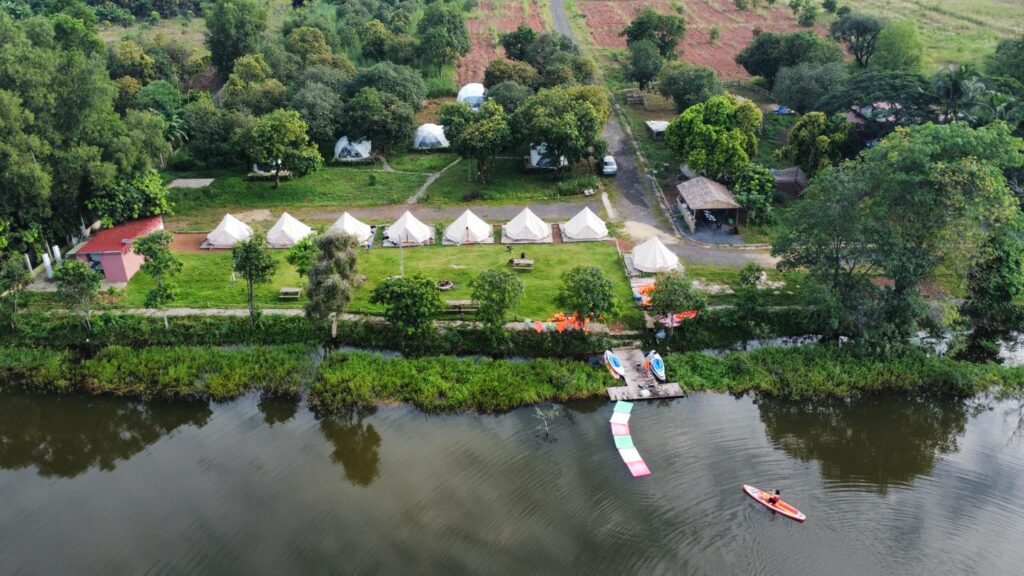
5. Suoi Cat High-Tech Farm – “Experiencing Future Agriculture”
Amid the fields of Xuan Loc – Cam My, high-tech greenhouse farms are becoming popular with families and schools. Here, cantaloupes, hydroponic strawberries, and clean vegetables are cultivated with modern techniques.
Visitors can measure pH levels, monitor nutrition, harvest crops, and package fresh produce to take home. Children especially enjoy educational tours: planting seedlings, identifying vegetables by their leaves, and joining “little farmer” games.
The on-site “farm-to-table” kitchen serves fresh salads, melon smoothies, and vegetable sandwiches, turning each tour into a wholesome experience of learning and tasting.
Craft Villages – “Hands that Preserve the Soul of the Countryside”
Dong Nai’s tourism also connects with craft villages such as Bien Hoa pottery, Vinh Cuu bamboo and rattan weaving, and Trang Bom folk cakes. Many workshops now welcome visitors, offering demonstrations and hands-on experiences such as making ceramic bowls, weaving rattan baskets, or preparing leaf cakes.
Short workshops, combined with OCOP-standard gift stalls and local garden specialties, create meaningful cultural stops – where each handmade product carries the story of the artisan and the village.
Tourism Information Technology Center

